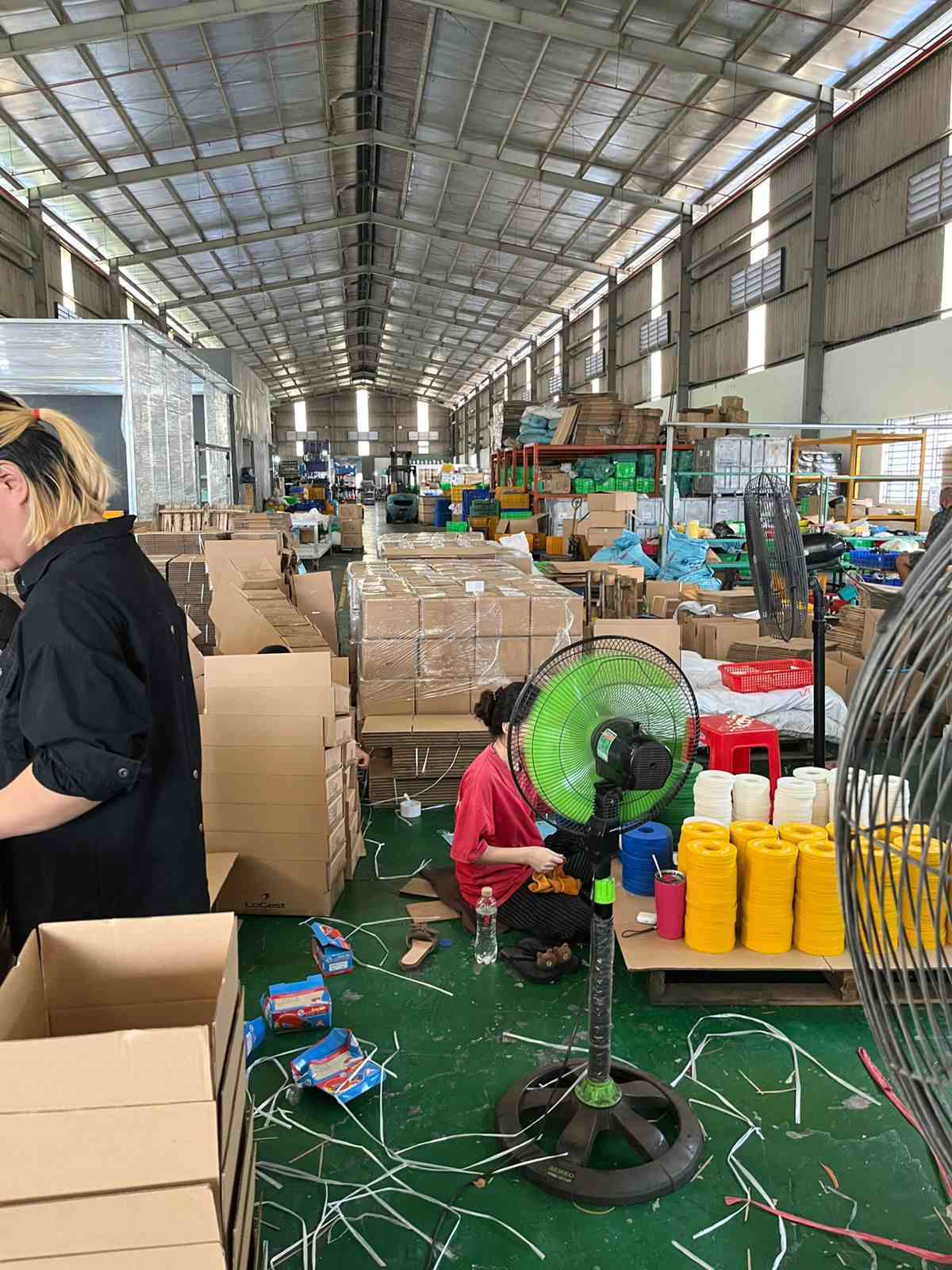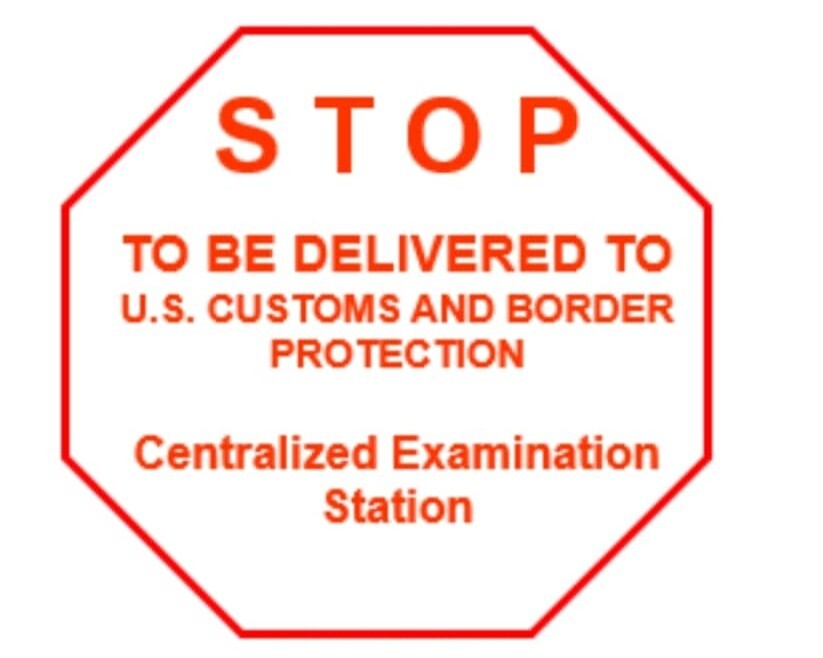The Unspoken Conflict of Interest: Why Importers Fail CBP Audits Without Real Control
How CBP Audits Really Work
Most importers think a CBP audit is just paperwork. They imagine submitting a few invoices and origin affidavits and moving on.
The reality is far tougher. A CBP audit is a forensic investigation run by highly trained specialists. These are not clerks reviewing forms — they are experts with backgrounds in law, finance, chemistry, textiles, and international trade.
CBP audit teams can:
- Physically visit your supplier: unannounced inspections, factory walkthroughs, and on-the-ground verification to confirm whether the site can actually produce what it claims.
- Test your product: fiber count for textiles, chemical composition for coatings, spectrographic analysis for metals.
- Cross-check your numbers: reconcile invoices against bank wires, royalties, assists, molds, and commissions.
- Trace your supply chain: map upstream suppliers, check capacity against claimed volumes, flag subcontracting.
- Investigate entities: run background checks on your suppliers, affiliates, and even trading partners.
CBP doesn’t assume trust. They assume fraud until you prove otherwise.
This is why we keep getting asked questions like:
- “How to avoid CBP audit”
- “CBP audit what to expect”
- “Customs audit horror stories”
Because once you fall into an audit, you are facing one of the most skilled enforcement agencies in the U.S. — and you are responsible for every inconsistency.
How to Avoid CBP Audit: The Wrong Question
Many importers ask: “How do I avoid CBP audit?”
The hard truth: you can’t avoid one. CBP audits are triggered by random sampling, data mismatches, supplier red flags, or trade enforcement priorities.
The right question isn’t how to avoid one, but how to prepare so you pass. That requires control over valuation, classification, origin, and supplier documentation long before CBP knocks.
CBP Audit: What to Expect
Importers often type “CBP audit what to expect” into Google, hoping for a simple checklist. What you should expect is far more intense:
- Requests for original documents — not just PDFs sent by a supplier.
- Testing of goods to verify material composition.
- Demands for payment records to align with invoices.
- Questions about subcontractors and upstream suppliers.
A CBP audit is not about forms. It’s about proof that your supply chain is real, legal, and documented.
What CBP Expects from Importers
When you import from Asia, CBP expects you to show reasonable care. That means not just filing documents, but proving you controlled your supply chain.
Accurate Valuation
- Commercial invoices match actual bank wires.
- Assists, molds, and royalties declared.
- No under-invoicing or false transfer pricing.
Correct Classification
- HTS codes correctly applied.
- Product composition proven (fiber count, essential character, chemical makeup).
- No “easy code” chosen to lower duties.
Country of Origin Proof
- Substantial transformation documented.
- Factory capacity checks align with export volumes.
- No hidden subcontracting or transshipment.
UFLPA & Forced Labor Compliance
- Raw material origins disclosed.
- Affidavits showing no Xinjiang inputs.
- Chain-of-custody evidence for cotton, polysilicon, tomatoes, and other sensitive goods.
Documentation Consistency
- China export declarations line up with U.S. entry summaries.
- Supplier licenses, invoices, and contracts are legitimate and traceable.
- Bank payments flow to the actual manufacturing entity or a disclosed intermediary.
Fail on any one of these, and CBP can seize your shipment or issue penalties.
CBP Audit Checklist for Importers
A real “CBP audit checklist” goes beyond forms. Here are the essentials importers must have ready:
- Commercial invoice + purchase order + bank wire reconciliation.
- Packing list + bill of lading matching declared HS codes.
- Supplier business license and factory registration.
- Export declarations from country of origin.
- Proof of substantial transformation if materials are cross-border.
- Contracts covering royalties, assists, molds, and commissions.
- Affidavits confirming no forced labor inputs.
Having this file prepared in advance is the only way to prove “reasonable care” under audit pressure.
The Unspoken Conflict of Interest
Here’s where importers get blindsided.
- Buyer needs truth. You want compliance, cleared shipments, no penalties.
- Supplier survives on selective truth. They disclose just enough to keep orders coming while hiding upstream risks, subcontractors, or financial details.
CBP doesn’t care about intent. If your file is wrong, liability sits squarely on the Importer of Record.
This is the unspoken conflict of interest:
Suppliers manage their own risks, not yours. And every time you accept their documents at face value, you’re betting your company on their selective truth.
Can My Shipment Get Seized by Customs?
Importers ask: “Can my shipment get seized by customs?” The answer is yes. If CBP finds misclassified goods, false origin, or evidence of forced labor, they can detain, exclude, or seize your shipment outright.
Penalties can follow, but the immediate pain is business disruption — containers sitting idle while competitors deliver.
Where the Conflict Hits Hardest
- Entity Confusion — Payee ≠ Shipper ≠ Manufacturer. Three different companies touch the transaction, but you only see one.
- Declaration Mismatch — China export declaration vs. U.S. entry summary. HS codes and values don’t match.
- Hidden Subcontractors — Factory claims 100% production, but half is outsourced.
- Paperwork Illusion — Red stamps, glossy certificates, “gold supplier” badges, QC reports. All can be faked — and CBP knows how to spot it.
Customs Audit Horror Stories
There are countless “customs audit horror stories” where importers trusted supplier paperwork, only to be exposed:
- Apparel importers whose cotton traced back to Xinjiang despite affidavits saying otherwise.
- Electronics companies fined for under-valuation because invoices didn’t match wires.
- Furniture brands whose “factories” were trading companies with no capacity — shipments seized for trans-shipment.
These are not rare. They are the daily reality of CBP enforcement.
How to Prepare for CBP Audit
Importers ask: “How to prepare for CBP audit?”
Preparation isn’t about reacting to a notice — it’s about building a compliance file before one arrives. That means:
- Drafting classification memos for every SKU.
- Keeping valuation worksheets that reconcile every cost.
- Conducting origin verification and factory checks annually.
- Having legal contracts with inspection rights and penalties for misrepresentation.
Prepared importers can respond within days. Everyone else scrambles.
Red Flags for Customs Audit
CBP uses data analytics and red-flag triggers to select targets. The most common “red flags for customs audit” include:
- Import values consistently below industry average.
- HS codes that don’t match the product.
- Payments made to unrelated entities.
- High-risk categories (cotton, steel, electronics, chemicals).
- Known trans-shipment routes (China → Vietnam → U.S.).
If your supply chain fits one or more of these, you’re already on CBP’s radar.
Asia Agent’s Solution
At Asia Agent, we’ve seen too many importers burned by this conflict. That’s why we designed our model to give face but take no BS.
On-the-Ground, Face-to-Face
We go into the factory. We meet the legal rep, check licenses, capture geo-tagged photos, and map capacity against your orders.
Supportive Legal Contracts
Drafted in local jurisdiction. Rights to inspect, penalties for misrepresentation, indemnification for CBP penalties. Paper with teeth.
Supplier Submissions + Independent Verification
We let suppliers provide BOMs, invoices, and affidavits. Then we independently verify them: export dec vs. 7501, invoice vs. bank wire, BOM vs. HS codes.
Continuous Monitoring
Annual re-checks. Spot audits. Contract renewals to keep the file valid.
Why It Works:
- Suppliers keep face — they still provide documents.
- Buyers gain control — because our team checks them in person, under contract, and against CBP’s standards.
- CBP gets proof — the kind of triangulated evidence that stands up under audit.
FAQ: CBP Audits and Import Control
Q: How to avoid CBP audit?
A: You can’t avoid them. The goal is preparation — building files that withstand scrutiny.
Q: CBP audit what to expect?
A: Expect forensic detail: classification, valuation, and origin checks with lab testing and financial reconciliation.
Q: Can my shipment get seized by customs?
A: Yes, if evidence is insufficient or if forced labor suspicion arises.
Q: How to prepare for CBP audit?
A: Keep classification memos, valuation worksheets, origin proof, and supplier affidavits ready before CBP asks.
Q: What’s in a CBP audit checklist?
A: Invoices, bank wires, BLs, contracts, affidavits, and compliance memos for classification and origin.
Q: What are red flags for customs audit?
A: Mismatched invoices, false HS codes, low declared values, and subcontractors not disclosed.
Q: Why do customs audits lead to penalties?
A: Because suppliers protect themselves, not you. Liability sits with the importer.
Q: Are customs audit horror stories real?
A: Yes. Many brands have faced detentions, fines, and even seizures due to missing or fake supplier paperwork.
Q: How does UFLPA affect audits?
A: Any Xinjiang connection creates a presumption of forced labor. Without full traceability, goods are excluded.
Q: Can a QC report satisfy CBP?
A: No. QC checks quality, not legal compliance.
Q: Why do invoices and wires matter so much?
A: They prove valuation integrity and prevent under-invoicing penalties.
Q: What is reasonable care in CBP’s eyes?
A: Evidence that you classified, valued, and verified origin with diligence and proof.
Q: How does Asia Agent reduce audit risk?
A: By verifying suppliers on-site, checking documentation against CBP’s standards, and enforcing legal contracts.
Final Word
Most importers only learn about this unspoken conflict when it’s too late — during a CBP audit. By then, it’s their brand, their shipments, and their money on the line.
You don’t need to learn the hard way.
Asia Agent resolves the unspoken conflict before CBP comes knocking.




